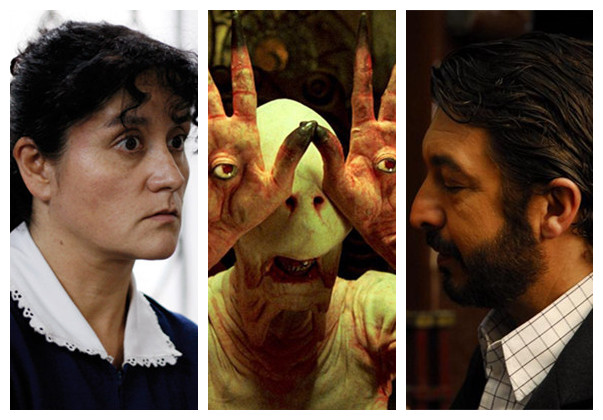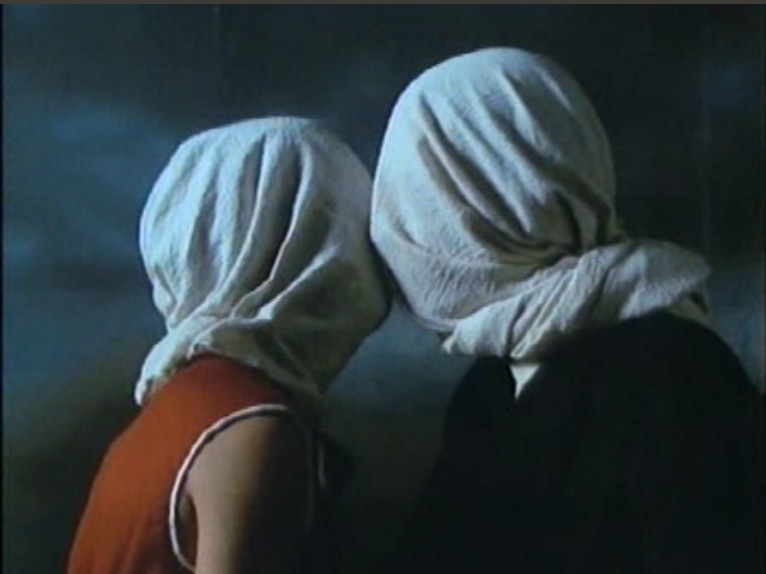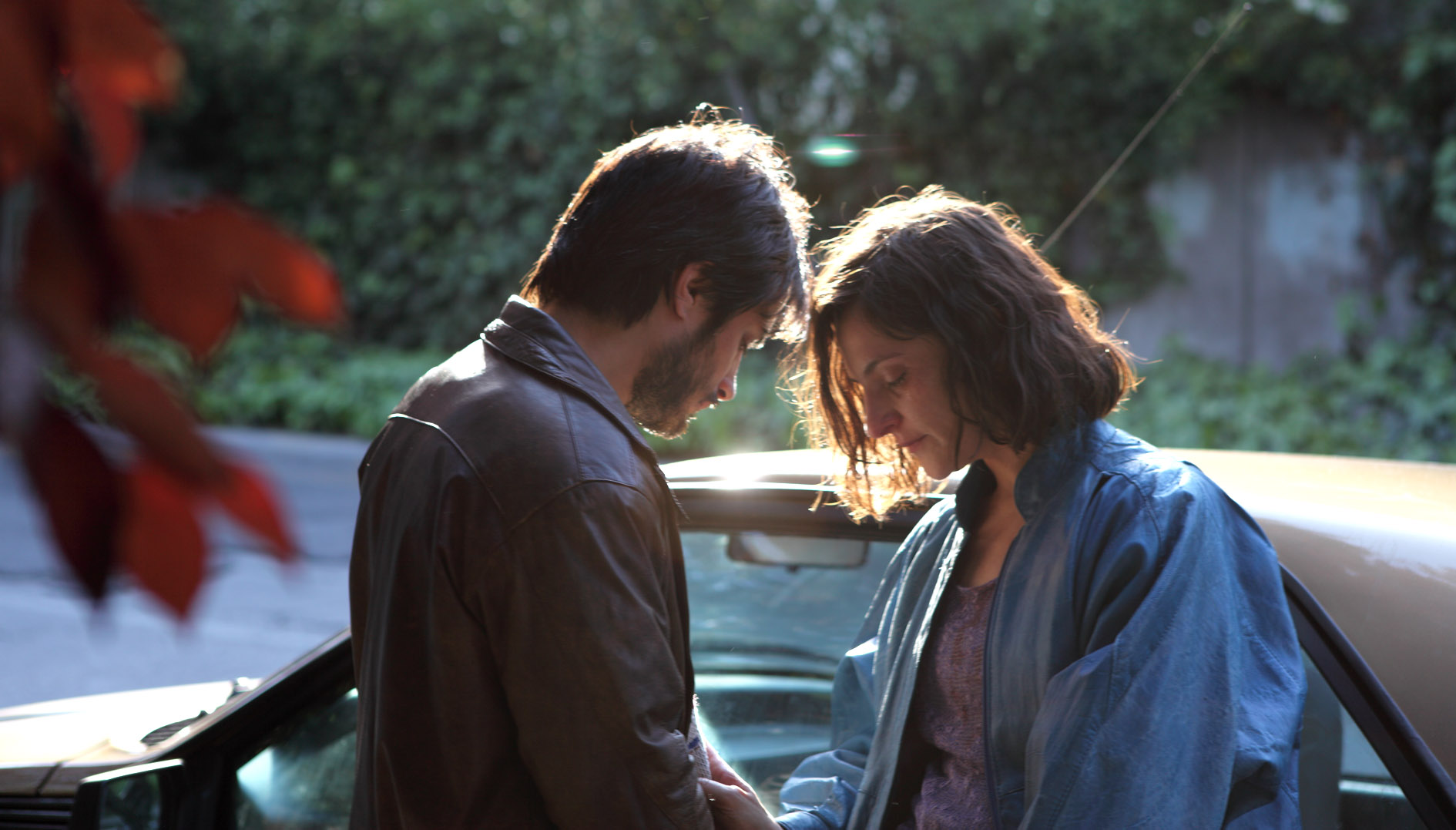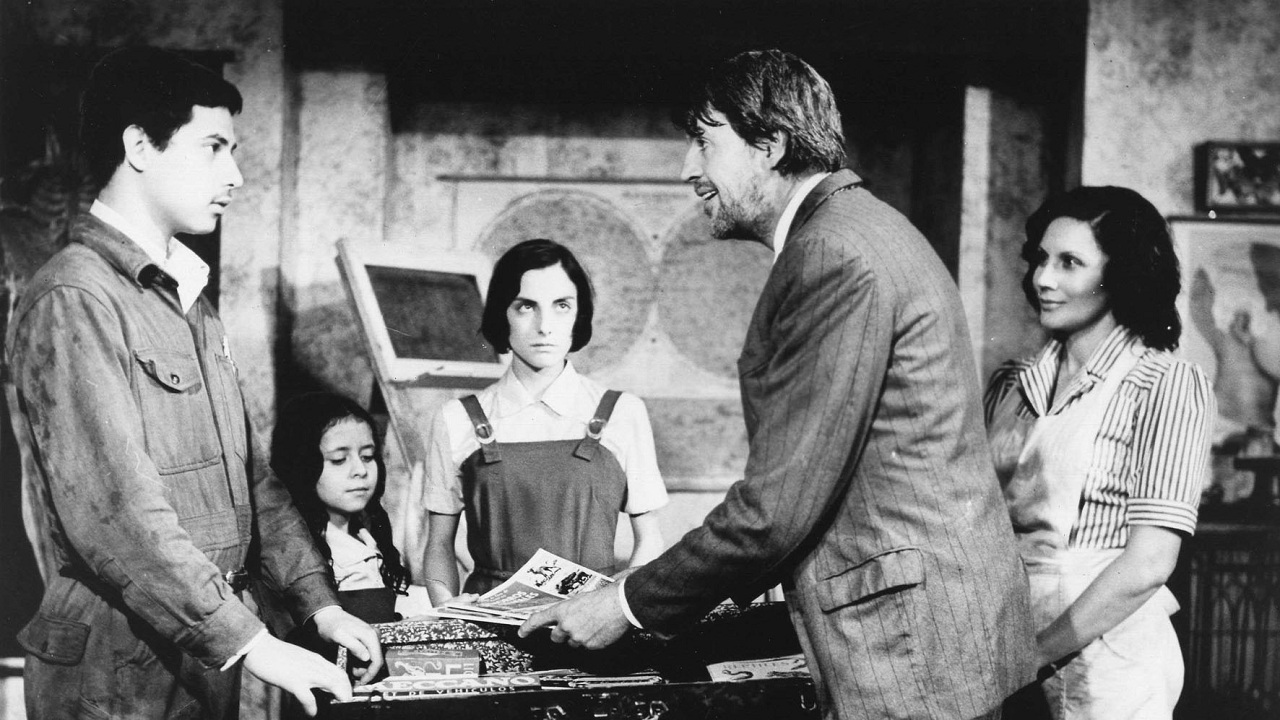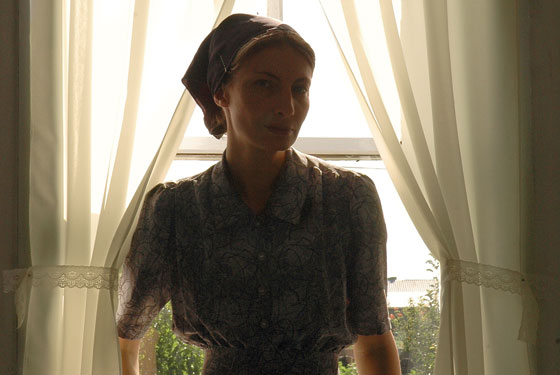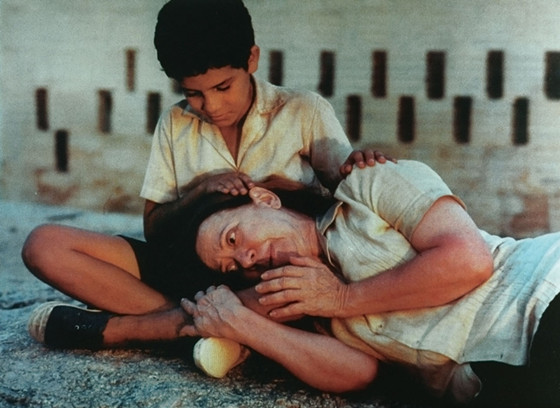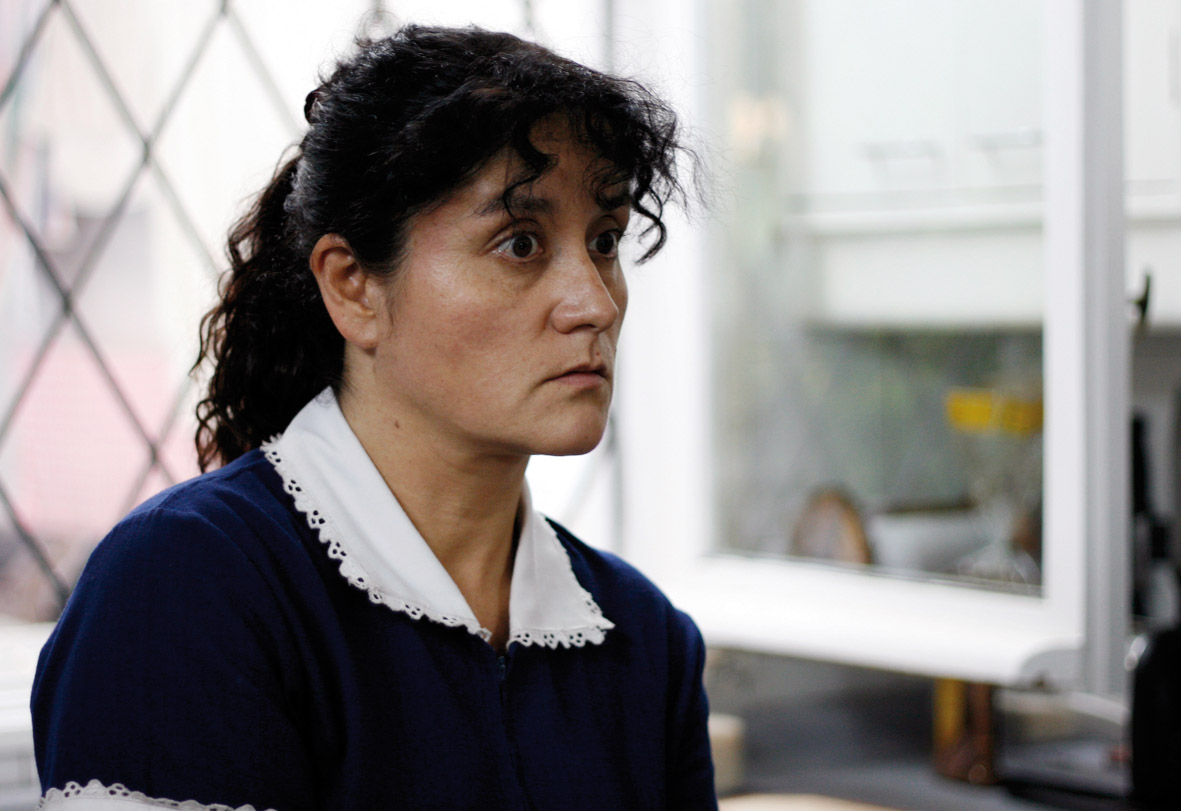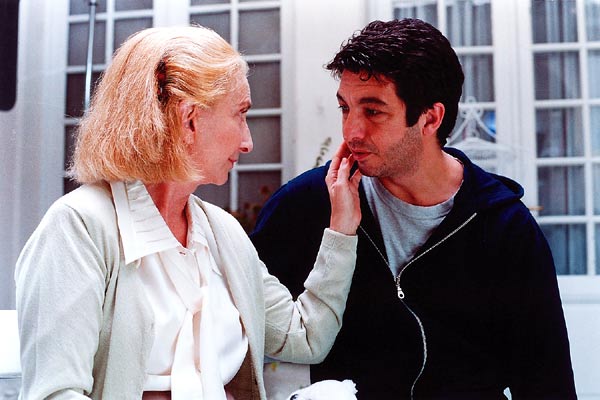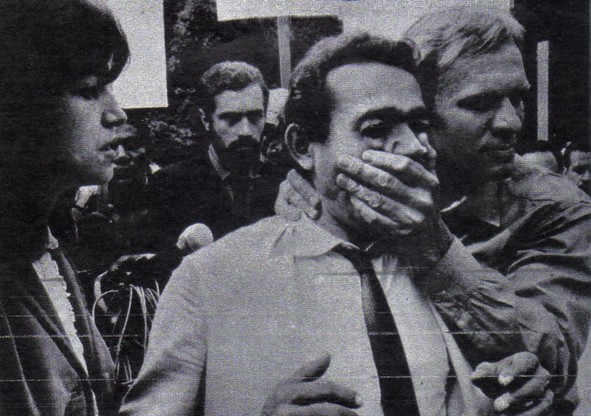When you say “foreign film” or “world cinema”, most people (at least some of the people who live in the United States) immediately think of a French or Italian film, or maybe a Japanese animation. Seldom do people think of Latin America. And it could be argued that this is because the output of films in Latin America has always been lower than the output of Europe and some parts of Asia. And while this might be true, that doesn’t make Latin American films any less valuable, and what hasn’t been delivered in quantity, has certainly been delivered in quality.
Following is a list of films that are among the best Latin American movies ever made. You might notice a running theme in most films: social issues. Modern Latin American cinema was really born after Italian neorealism, before that was the Mexican Golden Age (several films from then are included in the list). And from then on most of the films focus on portraying reality and making social criticism.
Gabriel García Marquez, in his Nobel Prize acceptance speech titled “The Solitude of Latin America”, said that the knot of this solitude was that since Europeans arrived, the reality of Latin America had been fantastical, with larger-than-life characters and legends. Perhaps that’s why, even in the most realist and powerful statements in their films, there’s always a tint of a somewhat fantastical or at least implausible element, ranging from a Faun in a labyrinth to a forgotten valley, going through beach filled with a herd of escaped pigs.
Not nearly everything is pretty in these films though, the eternal violence and hardship present in the zone are reflected in them, but everything here is beautiful, in its own way.
30. The Rose Seller (Colombia: La vendedora de rosas)
The film tells the story of a young girl in an impoverished zone of Medellín, Monica, who makes her living selling flowers to couples, and the relationship she forms with a 10-year old runaway Andrea.The film is partly based on a story by Hans Christian Andersen. It was nominated for the Palm D’or in the 1998 Cannes Film Festival.
29. Man Facing Southeast (Argentina: Hombre mirando al sudeste)
It was originally released in Argentina in 1986, to little financial success but gained a cult following. When K-PAX was released, more than a few noticed the similarities in the story of a man in a psychiatric ward who slowly starts convincing his caretaker he might be from another planet. The film has been described as “The Man Who Fell To Earth” meets “One Flew Over The Cuckoo’s Nest”.
28. No (Chile)
The most recent film on the list, it tells the story of an ad man working in Chile who contributes to a camapaign in the historic plebiscite that took the ruthless dictator Augusto Pinochet off the seat of power in the country. It stars Gael García Bernal. It received widespread critical acclaim, won the Art Cinema Award at Cannes and was nominated for the Best Foreign Film Oscar.
27. The Castle of Purity (México: El castillo de la pureza)
A case of a film who returned to everyone’s memory after a more recent stab at similar story, El castillo de la pureza has always been known in México as one of the best regarded films of Arturo Ripstein, one of the great Mexican directors. It is the story of a sexually-repressed man who keeps his family isolated from the world to keep them from “the evil nature” of human beings, and how his kids enter adolescence. Dogtooth treaded similar ground but in a more extreme measure.
26. Silent Light (México: Luz silenciosa)
Directed by the Mexican arthouse maverick Carlos Reygades, Luz Silenciosa is the slow and reflective journey of a married man who falls in love with another woman in a Mennonite community, and it is told with beautiful, evoking images, and passionate acting. It won the Jury Prize in the Cannes Film Festival and was featured in several top ten lists in 2007.
25. Central Station (Brazil: Central do Brasil)
Walter Salles’ affair with Hollywood might not have been the best (Dark Waters and On the Road), but most of the films he’s made in Brazil have been superb. An example of one of those is Central do Brasil, the golden-globe winning heart-warming story of the friendship of a young boy and a middle-aged retired schoolteacher. The leading actress, Fernanda Montenegro, was nominated for an Oscar along with the film that was nominated for Best Foreign Language Film.
24. The Maid (Chile: La Nana)
The Maid tells the story of of a woman who has worked as a maid for the same family for 23 years. When she gets sick, her employers bring in maid after maid to help her, but she drives them away, afraid she might end up losing her job. The Maid was one of the best regarded films of 2009, recognized by the National Board of Review, by the Golden Globes and Roger Ebert, who called it an “unpredictable, naturalistic gem.”
23. Son of the Bride (Argnetina: Hijo de la novia)
Son of the Bride is about a divorced restaurant owner with a young daughter and a bad relationship with his parents and once-friends, is suddenly reawakened after a visit from an old friend and a heart attack. It was nominated for the Academy Award for the Best Foreign Language Film.
22. Entranced Earth (Brazil: Terra Em Transe )
One of the early modern Brazilian films, Entranced Earth is social cinema at its finest. A journalist opposes two corrupt politicians in the fictional Latin American country Eldorado, while the masses sit blindly. It won the FIPRESCI prize in Cannes and made a mark in Brazilian cinema history.
21. The Dark Side of the Heart (Argentina: El lado oscuro del corazón)
A tribute to Latin American poetry, The Dark Side of the Heart is the story of a young bohemian poet in Buenos Aires. His daily life is filled with the works of Mario Benedetti, Juan Gelman, and OliverioGirondo, and his sometimes surreal and always interesting antics and affairs make for an amazing experience.
